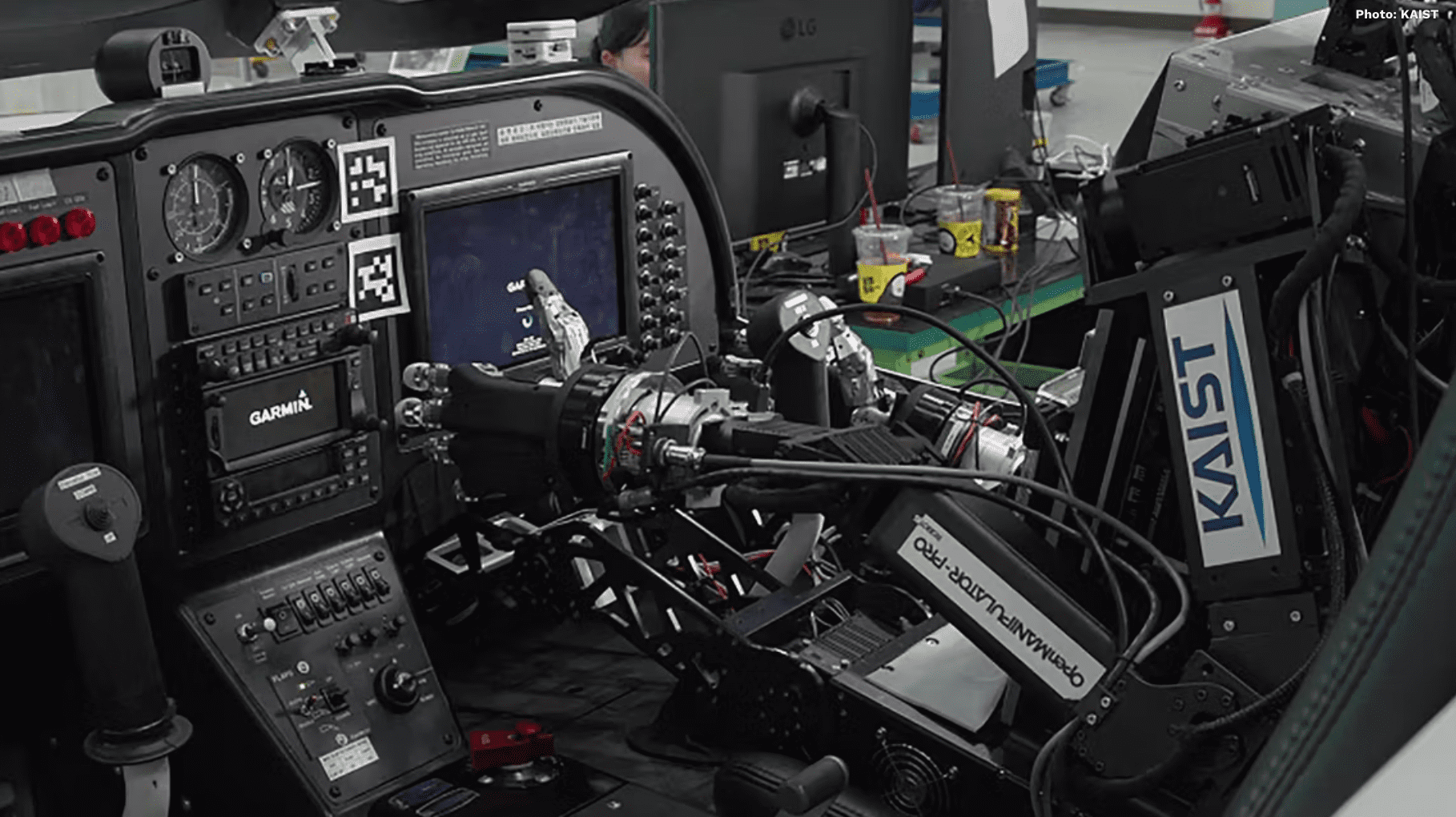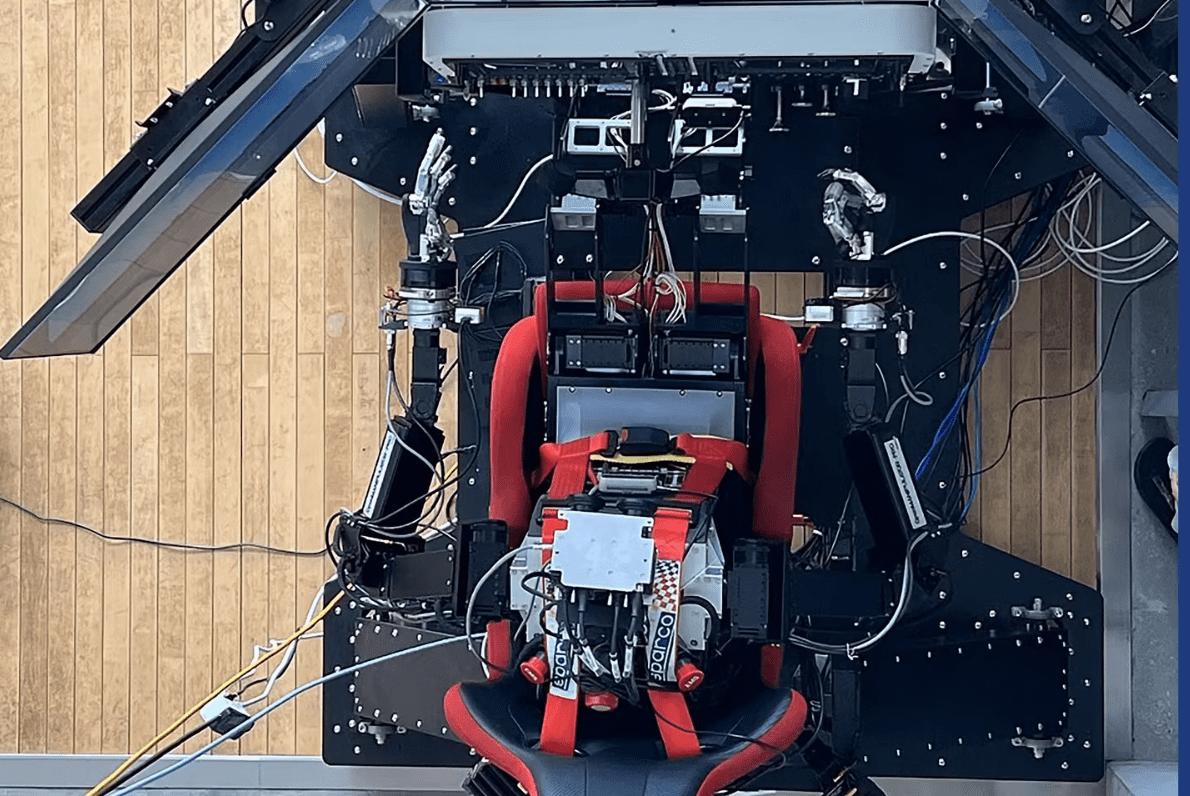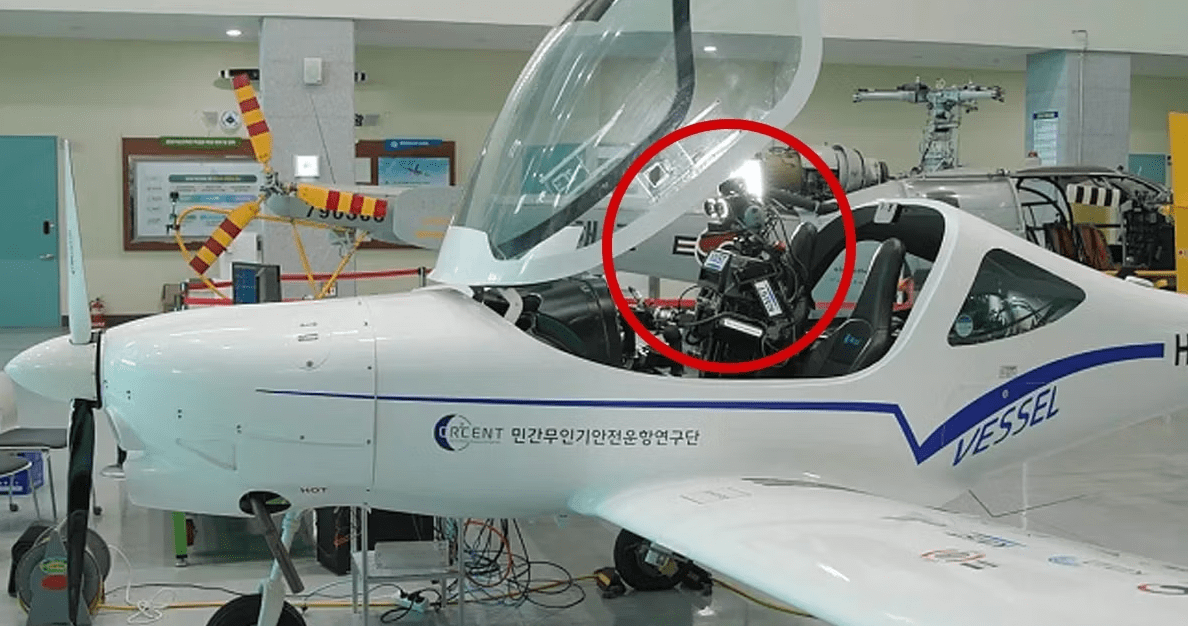The robot performs all functions of a flight from takeoff to landing.

A team of researchers from the Korea Advanced Institute of Science & Technology (KAIST) has developed a robot that can fly an aircraft. The robot, named Pibot, is a humanoid that is capable of piloting an airplane from takeoff to landing without major modifications to the conventional cockpit. The robot is capable of selecting, controlling, and manipulating all controls in the cockpit. Through its human-like hands, Pibot can precisely grasp cockpit controls, including changing the aircraft thrust.
The Artificial Intelligence (AI) based pilot
The team of Korean researchers has achieved a major breakthrough in how AI is integrated into modern cockpit systems. With the collaboration of the KAIST Professors, the team has developed a humanoid Pibot that performs all functions of flying an airplane. Pibot is 5 foot 3 inches (160 cm) tall and weighs nearly 143 lbs (65 kg). Pibot sits in the aircraft cockpit and performs and manipulates all single controls used for flight. The robot holds the controls and is able to maintain altitude.
The developers of Pibot claim that the AI-based machine is precise in handling controls and selecting appropriate inputs during flight. The robot maintains the required communication with the Air Traffic Controllers (ATC) during flight. It can take commands from the ATC personnel and follow along, particularly when ensuring safe procedures at and around airports. The Pibot is capable of navigating the airplane safely through the harshest of flight conditions. In emergency situations, the aircraft itself or the controls may vibrate severely.

Pibot is capable of controlling the plane even during such conditions. According to Dr. David Hyunchul Shim, one of the professors involved in the research,
“Pibot’s human form may not be super efficient, but they designed it to be a humanoid form since everything in the cockpit is built for humans. It uses high-precision technology to control its arms and fingers to operate an aircraft, even with severe vibration. In addition, it can communicate with air traffic controllers and humans in the cockpit using voice synthesis.”
Like any other AI-based technology, Pibot uses numerous built-in cameras to keep an ‘eye’ on an airplane’s performance in flight. It is not programmed to perform repetitive tasks in the cockpit but instead take actions based on the current flying conditions. The robot does not forget or delay the operation of necessary control switches in the cockpit.
The developers emphasize that the Pibot is significantly different from autopilot on aircraft. It mimics human performance and decision-making rather than completely relying on computer-based analytics. Moreover, Pibot’s functions are different from those of unmanned vehicles. In fact, Pibot is claimed to be more capable than humans because it memorizes documents through big-data models that are far beyond the capabilities of humans. From navigational information and flight plans to alternate routes, Pibot memorizes all required information for the flight.

The developers claim that Pibot removes the human emotion factor that may otherwise contribute to the aircraft incidents. The researchers have tested Pibot in a flight simulator where it safely performed all operations of a flight from takeoff to landing. The researchers plan to have Pibot fly an actual light aircraft in the coming years.
Source: Simple Flying

Warning: Illegal string offset 'cookies' in /home/u623323914/domains/eng.bayviet.com.vn/public_html/wp-includes/comment-template.php on line 2564